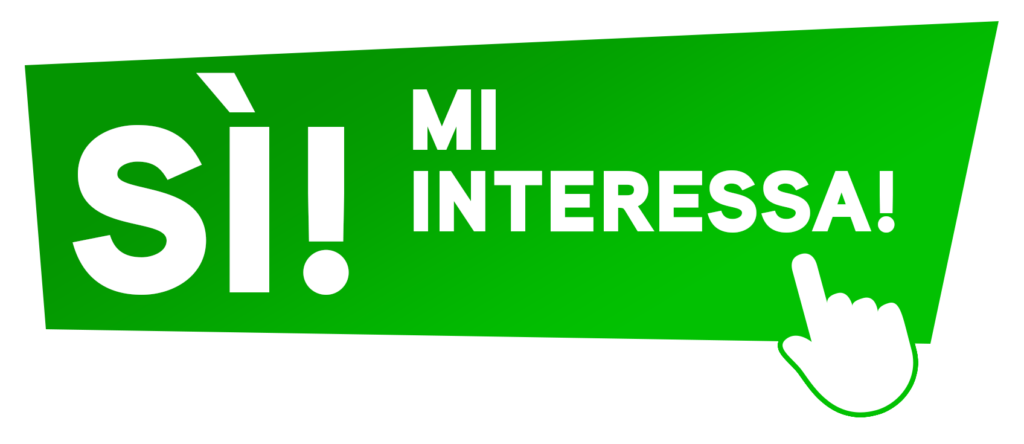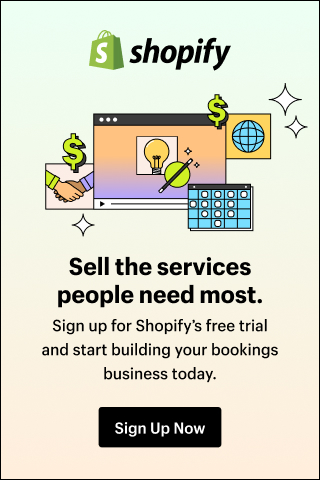1.Preliminary analysis
Good social network management for businesses cannot ignore this often underestimated step!
But what does it consist of?
The analysis covers:
The factors inside and outside the company.
This is the SWOT analysis, an acronym that in Italian is composed of: strengths and weaknesses (of the company), opportunities and threats (in reference to the market).
To understand what the strengths are, questions such as: What are the company’s advantages? What performs well and positively influences its goals?
To identify weaknesses, on the other hand, ask yourself these questions: What is the company doing wrong? What can it improve? What negatively influences its goals?
Opportunities then correspond to the answers to these questions: What are the market trends? What opportunities can be taken advantage of?
Finally, to identify threats ask yourself questions such as: What obstacles can I encounter in the market? Are competitors doing anything that threatens my success?
Background, market benchmark, and key competitors.
In this case, you need to understand what is offered in the market; you need to identify the “most threatening” competitors for your business and study them.
What services do they offer? What target audience do they address? How do they communicate with it? What social media do they use? What tone of voice do they use? What are their strengths and weaknesses? Is there anything that customers complain about? Should they offer something but don’t?
Here are some useful tools that can help you in this analysis:
Not Just Analytics for Instagram.
Fanpage Karma for Facebook.
Tip: Online comments and reviews are also a great source of information!
2.Goal setting.
If you don’t know what you want to achieve, you can’t determine how to go about it! Remember that your communication goals must be functional to your business goals. So, it is from the latter that you start!
Social media management is the means to achieve them.
Having said that, try to define S.M.A.R.T. goals: specific (so precise), measurable (measurement metrics must be established), attainable (realistic), relevant (useful for business development) and time-defined (you have to give yourself timelines and deadlines).
Here is a concrete example: I want to increase sales from 500 to 1000 within 3 months. The related communication goal will be to increase acquisitions.

3.Strategy development
Let’s get into the nitty-gritty of marketing strategy for Instagram, Facebook and corporate social. At this point, the key steps are:
Identify your target audience and create buyer personas.
These are a representation of your customer-type, described not only by sociodemographic characteristics, but also by interests, fears, challenges and behaviors (psychographic data).
A very popular and useful tool in this step is Hubspot.
Define your social positioning.
On which social channels do I have a presence as a professional or business? What does my digital presence look like? Is the user experience optimized? Is the profile up to date? What is the data on engagement, interactions, conversions (or whatever factor you are interested in)? What is my competitive value?
Create a solid and impactful content strategy.
Always remember, in any case, that the goal is to come up with valuable content for your target audience: useful/informative/educational/stimulating. To do this, you must first be based on the characteristics of the people you are targeting.
After figuring out what the audience is like (you have analyzed it previously), it is then a matter of identifying:
(a) What social media they are on;
(b) What tone of voice to use;
(c) What topics to talk about;
(d) How often to post.
Yes, you got it right: the goal is to talk to the right people, in the right way, at the right time, and in the right digital environments!
a) Regarding the choice of social media, remember that each channel intercepts different people and has different characteristics, formats and uses. You need to identify the ones best suited for your target audience and the message you want to convey.
For example: a user looking for buying inspirations on Instagram will have little interest in informational content; rather, he will choose Linkedin or Twitter to search for it. Similarly, someone looking for entertainment will be more likely to use Facebook rather than Linkedin.
This is why you have done a careful analysis of your target audience: to know what they want and where they are looking for it! Then choose the socials with which you can reach them and define how to do it with the right content.
b) Regarding the tone of voice, you have to refer to two factors when choosing: who your target audience is and who you are as a business or professional.
Obviously you will refer differently to music-loving teenagers populating TikToc than to established workers and freelancers using Linkedin. Similarly, you will choose a certain tone of voice if the image you want to express is friendly and choose another if it is more institutional.
Having clarified these points, consider whether to use a warm tone, therefore colloquial, rather than a cold one, therefore bureaucratic and institutional; you can opt for a neutral one, therefore professional, or for a colorful one, therefore more ironic.
(c) Next, as for what topics to talk about, how do you know what valuable content to offer?
First, start by researching the keywords to use in your content: the most searched ones are the most relevant; understanding what the audience wants to know is a great start to offer them value! Very effective tools are Answer The Public and Ubersuggest.
After that, identify trends: what is most talked about and when. One tool that can help you is Google Trends. Another way to do this is to search for information using hashtags that are relevant and pertinent to your business.
That said, also remember the ingredients that are now indispensable in content creation: storytelling and transmedia. So try to excite and engage by telling a story that unfolds through different and self-sufficient episodes present in each medium. Don’t just offer content, offer an experience!
d) Finally, establish an editorial plan: this is a crucial step, where strategy and operations meet. So plan what to publish, where and when. A practical tip: a good Facebook marketing strategy involves publishing a maximum of one piece of content per day; better not to go beyond 2-3 posts per week!
As for Instagram, it is recommended to publish 1-2 posts per day, at least in the beginning; by evaluating the reaction of the target audience, you can increase over time.
On Twitter, on the other hand, it is recommended to publish about 6 daily tweets, including retweets.
For Linkedin then it is good to proceed with 2-4 pieces of content per week.

4.Monitoraggio: gestione dei contenuti e della comunità.
After proceeding with content creation and publishing, it’s not over!
Increasing awareness (brand awareness) and improving reputation requires continuous work, dedication and constant presence. That’s why it’s important to track your content and users, orchestrate interactions, answer community questions, moderate comments, take action on complaints, and offer valuable assistance. Monitoring these factors allows you to gain sentiment information and manage your company or brand image.
A useful tool for this monitoring is Hootsuite: it allows you to track online conversations and thus take timely action.
Among the best tools dedicated to sentiment analysis are: Brandwatch and Talkwaker.
Active listening is key in managing social for business: positive feedback gives a measure of your appreciation from your target audience; negative feedback helps identify areas of criticality, which should be managed before triggering chain conversations that can negatively affect the company.
Remember that dialogue and relationality are critical at every stage of the funnel: from the first company-user interactions to conversion and advocacy. In fact, social listening not only helps to manage online reputation, but also to identify customer insights: what users are looking for, what expectations and needs they have, what factors lead them to purchase and loyalty.
5.Analysis of results
KPIs (Key Performance Indicators) are the metrics that are useful in understanding how the path toward achieving goals is progressing; they should be constantly monitored. They are used to evaluate the strategy, to understand what is working and what is not, and to what extent.
The metrics to be taken into analysis are those that are functional to the predetermined goals, so there are those:
- Of vanity
It’s about the number of followers, fans, likes. Not that they are not important, but are they really enough to evaluate social strategy? An expert would answer no! Especially when considered in isolation or absolutely.
- Of awareness
Notoriety can be measured by analyzing reach and impressions. In the former case, it is a matter of understanding how many people were reached by a piece of content, thus what its reach was. Instagram services for businesses, as well as Facebook services, include Insight, which, for example, provides a measure of this under “Coverage.” Regarding impressions, it is useful to refer to the CPM in the evaluation (cost per thousand impressions): the lower it is, the more effective the social strategy has been!
- Engagement
Engagement Rate is calculated with the sum of likes, comments and shares in relation to the number of reach; the result should be multiplied by 100 and a percentage value is obtained.
- Conversions
A useful KPI here is the CPC (cost per click): the lower it is, the better your strategy was! The Conversion Rate then indicates the percentage of visitors who completed an action (e.g., purchase, download…); it is calculated with the ratio of the number of conversions to the number of users, multiplied by 100.
Another important metric is the Click-Through Rate, which is the percentage of clicks made by users relative to the number of impressions purchased; it must be as high as possible!
Metrics can also be considered according to the family they belong to, so you have:
(a) Consuption metrics: related to content consumption; e.g., views or downloads.
b) Sharing metrics: regarding shares, likes, reactions.
c) Lead Generation metrics: related to lead generation (potential customers), such as subscriptions, inquiries, and so on.
(d) Sales metrics: the sales metrics.
Pay attention at this stage to the time factor! It is important to run tracking reports consistently: month by month, especially if you are working for quarterly or semiannual results. Through this you can understand what is working and what is not, so that you can make the necessary changes and improve your action!









You’re losing money if you don’t have this app! It finds the cheapest gas and groceries, plus offers cash back. I’ve saved $18!